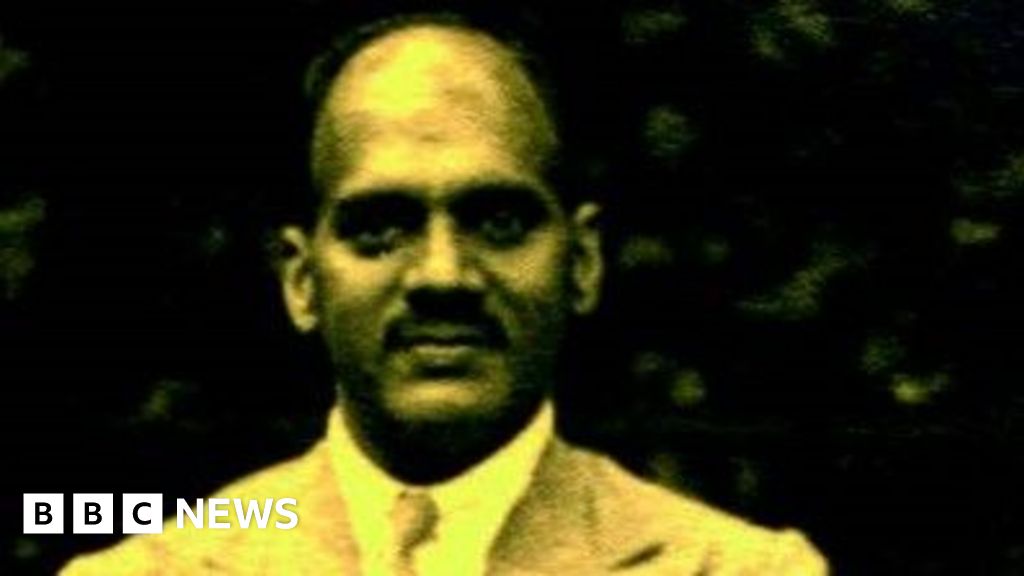In a groundbreaking discovery, scientists now believe the iconic Dead Sea Scrolls could be older than previously thought – and it’s all thanks to cutting-edge artificial intelligence. The state-of-the-art technology, dubbed a "time machine," has enabled experts to study the handwriting of those who wrote some of the earliest biblical texts.
The Dead Sea Scrolls, a treasure trove of ancient Jewish manuscripts, were unearthed in caves near the northern shores of the Dead Sea between 1947 and 1956. They were initially believed to date from around the 3rd century BC to the 2nd century AD.
But now, using a combination of radiocarbon dating, AI, and palaeography (the study of ancient handwriting), scientists have developed a groundbreaking age-prediction model called Enoch, named after the biblical figure.
Trained to analyse centuries-old handwriting from the Middle East, Enoch has enabled researchers to date previously undated manuscripts with greater precision. And, astonishingly, many of the Scrolls have been revealed to be older than experts had thought.
In a significant breakthrough, researchers have even established, for the first time, that two biblical scroll fragments, 4QDanielc (4Q114) and 4QQoheleta (4Q109), date back to the time of their presumed biblical authors.
Study leader Professor Mladen Popović, from the University of Groningen in the Netherlands, explained: "With the Enoch tool, we have opened a new door into the ancient world.
"It’s like a time machine allowing us to study the hands that wrote the Bible." While some ancient manuscripts include written dates, many do not, leaving researchers reliant on handwriting analysis to estimate their age. However, traditional methods have their limits, as they require a substantial database of accurately dated manuscripts to establish reliable timelines.
Enoch, supported by radiocarbon dating, has transformed this process. Published in the journal PLOS One, the research involved testing the AI model on manuscripts from archaeological sites across present-day Israel and the West Bank. Impressively, Enoch provided realistic age estimates for around 79% of the 135 manuscripts evaluated, with experts confirming it to be a highly useful tool.
The AI system has already begun rewriting our understanding of these ancient texts.
For example, the team’s findings suggest that the Book of Daniel manuscript could have been completed in the early 160s BC, aligning with scholarly theories that an unknown writer, rather than King Solomon, finalised the text.
Meanwhile, the dating of Ecclesiastes (Qohelet) ties it to an anonymous Hellenistic author from around the 3rd century BC. Prof Popović emphasised the significance of the revelation, saying, "We can now study tangible evidence of the hands that wrote the Bible."
The research team stressed that further study is needed to refine their data, but the discovery marks an exciting leap forward in understanding the origins of the Dead Sea Scrolls. The collaborative effort, which combined expertise from a range of scientific disciplines, also opens up new possibilities for dating other ancient manuscript collections.
Prof Popović added: "This is a significant step towards solving the age-old mystery of the Dead Sea Scrolls’ timeline.
"Enoch has not only provided exciting new insights into these historic documents but has also created a revolutionary tool that can unlock secrets from other parts of history."

 1 month ago
13
1 month ago
13










 English (US) ·
English (US) ·